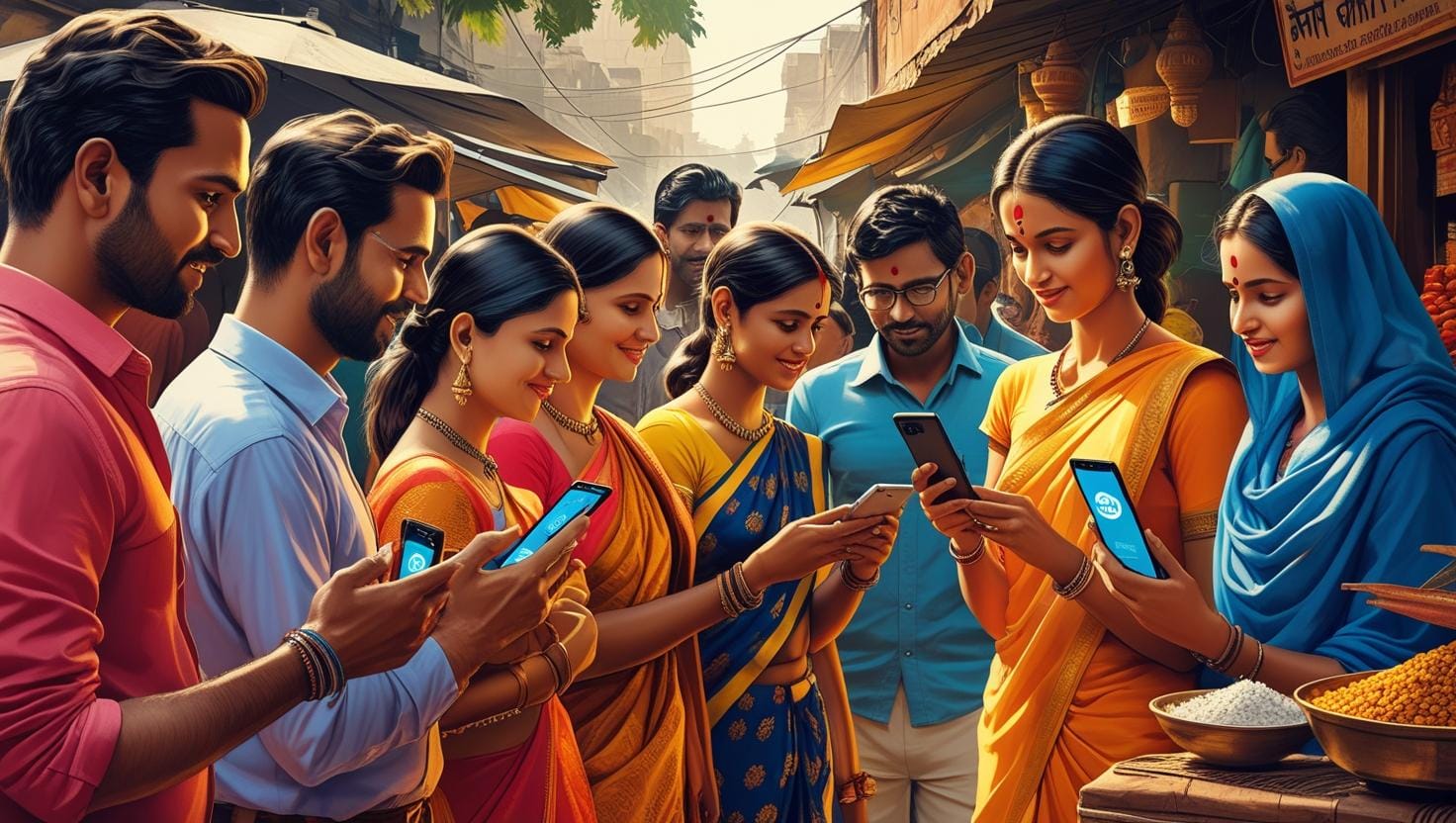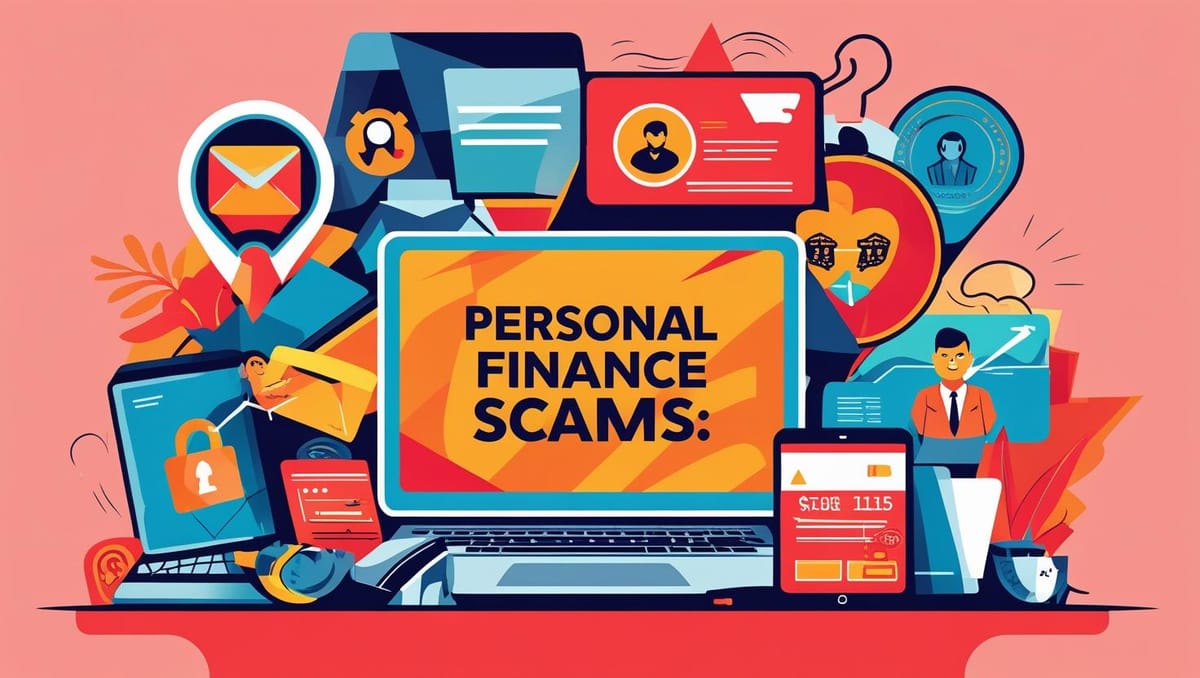Digital Rupee (e₹): What It Means for Everyday Indians
The Digital Rupee, or e₹, is India’s official digital currency—just like cash in your phone. Here’s what it means for you, how different it is from UPI and crypto, and how you can start using it.

Heard about the Digital Rupee or e₹?
This isn’t just another payment app—it’s India’s official digital currency, issued by the RBI. It acts just like cash, but in your phone.
Let’s break down what e₹ really means for everyday use, why it matters, and how you can start using it soon.
💡 What Is the Digital Rupee?
The Digital Rupee (e₹) is India’s Central Bank Digital Currency (CBDC)—a digital version of our physical rupee, issued and backed by the RBI (rbi.org.in).
- It's legal tender, just like ₹10 or ₹1,000 notes
- Stores value in e₹ wallets (apps from banks or approved providers) (rbi.org.in)
- You can send and receive money digitally, instantly—without going through your bank each time
🚀 How Is It Different from UPI, Cash, or Crypto?
- e₹ vs Cash: both serve as currency, but e₹ is purely digital and never worn out or lost physically (hdfcbank.com)
- e₹ vs UPI: UPI is a payment system that moves bank money. e₹ is money itself—like cash, but stored in digital form (rbi.org.in)
- e₹ vs Crypto: Unlike crypto, e₹ is stable, regulated, and backed by the government—no wild price swings
🔒 Why You Should Care
- Trust-Money: Fully backed by RBI, so it’s safe and guaranteed (reuters.com)
- Instant Settlement: Pay and receive instantly, without banking delays
- Offline Ready: RBI is testing offline e₹, making payments possible even with spotty internet (en.wikipedia.org)
- Programmable Currency: Future versions might enforce limits—for subsidies, travel allowances, etc.
📈 Fast Facts & Adoption
- e₹ has gone through pilots since Dec 1, 2022 in cities like Mumbai, Delhi, Bengaluru, Bhubaneswar (en.wikipedia.org)
- As of March 2025, circulation hit ₹1,016 crore—up from ₹234 crore a year earlier (outlookmoney.com)
- Over 4.6 million users and 400,000 merchants are on board so far (reuters.com)
- The RBI is working with UPI apps like PhonePe, Google Pay, Amazon Pay to expand access (reuters.com)
🛠️ How to Start Using It (Soon!)
- Wait for your e₹ wallet invitation (RBI or banks will notify pilot users) (hdfcbank.com)
- Download your bank's e₹ app (e.g., SBI, HDFC, Kotak) — both Android & iOS available
- Link your bank account or UPI, set a wallet PIN (axisbank.com)
- Load e₹ into your wallet and start buying with QR codes or contacts—no bank needed
- Stay tuned—more banks and UPI apps are joining soon
⚠️ What You Should Know
- No interest on e₹ savings—just like cash (rbi.org.in)
- Weekly/monthly limits apply (e.g., Kotak has ₹50k/day, ₹1L/month limits)
- Privacy & traceability: For small amounts, it’s anonymous (like cash). For larger ones, RBI may trace it
- Still a pilot: rollout is gradual and cautious. Full launch will come after testing ends (reuters.com)
💭 What It Means for You
- No bank? No problem: Pay and accept money using just your phone
- Lower costs: Digital money saves printing money costs (sciencedirect.com, en.wikipedia.org)
- Program your funds: Useful for fixed-purpose money—like allowances or subsidies
- Offline power: Great for rural areas or during emergencies with no internet
💬 Final Thoughts
The e₹ is India’s next-gen cash—clean, efficient, safe, and backed by the government.
It may feel like "just another wallet" right now.
But as adoption grows, it could transform how we pay, plan, and save—without bringing physical cash into our hands.
Want to know when it’s available where you live?
Subscribe to get hands-on guides and news alerts as pilot expands to every city.
This post is for educational purposes only and should not be considered financial advice.


